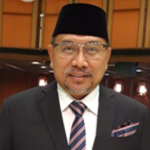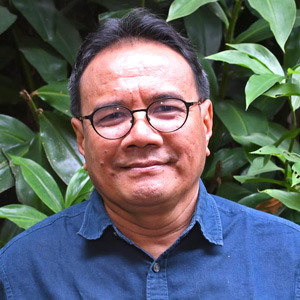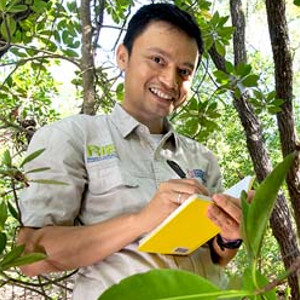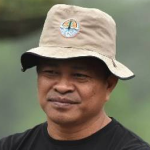
Mangroves are one of the ecosystems prioritized in the 15 mitigation actions of the FOLU Net Sink 2030 initiative through efforts to reduce deforestation and forest degradation. The measurement and calculation of carbon stocks—using robust and standardized methods—is essential to achieving this target. The careful selection of project locations is also crucial, both biophysically and socio-economically, to ensure project success. This process requires techniques that are transparent and easily understood, to foster a high level of trust among all stakeholders. An interactive map of potential restoration locations for blue carbon mangrove projects should also be provided, enabling users to access and analyse data for planning and monitoring blue carbon mangrove projects.
Given the unique characteristics of blue carbon mangrove ecosystems, project implementation in these ecosystems requires tailored guidelines, distinct from those of terrestrial ecosystems. CIFOR-ICRAF and its partners have prepared:
- A manual for mangrove blue carbon measurement, which includes measurement and calculation procedures and methods referring to guidelines developed by the IPCC
- Guidelines for developing blue carbon mangrove projects, with standards and methodologies that enable the harmonization of existing regulations with globally recognized standards and methodologies
- i-Mangrove, a spatial interactive online platform for displaying and accessing information on mangrove restoration opportunities, annual mangrove loss, and its causes.
The third focus group discussion organized by the FOLU Net Sink Collaboration Unit of the Ministry of Environment and Forestry (KLHK), in collaboration with CIFOR-ICRAF, was held to review the manual for mangrove blue carbon measurement; discuss the guidelines for developing blue carbon mangrove projects, along with their standards and methodologies in accordance with existing regulations and schemes—including SRN PPI and SPEI; and introduce the i-Mangrove tool to stakeholders.





















